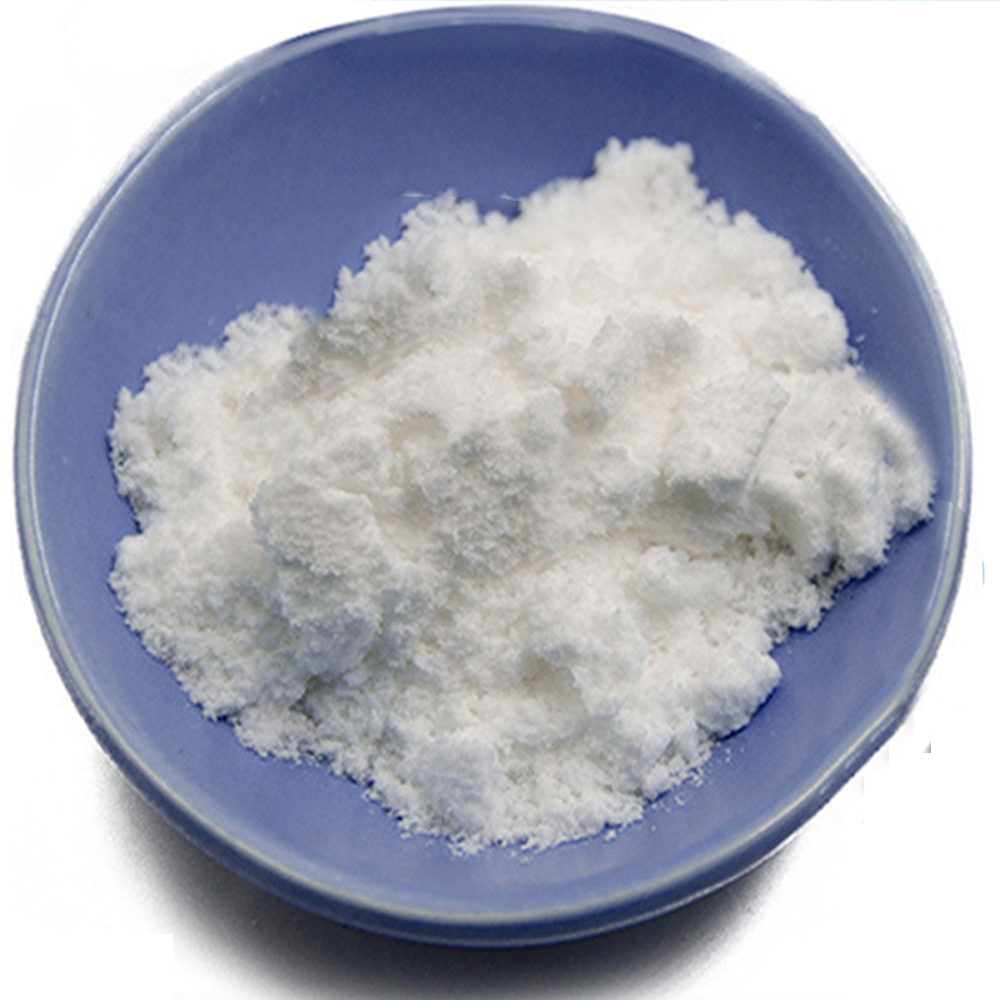



sodium bisulfate to lower ph
Using Sodium Bisulfate to Lower pH A Comprehensive Guide
Maintaining the proper pH levels in swimming pools, aquariums, and various industrial processes is crucial to ensure the health of aquatic life, the longevity of pool equipment, and the effectiveness of chemical reactions. For those facing high pH levels, sodium bisulfate emerges as a preferred choice to effectively lower pH. This article delves into the properties of sodium bisulfate, its applications, and guidelines for safe usage to ensure optimal results.
Understanding Sodium Bisulfate
Sodium bisulfate, also known as sodium hydrogen sulfate, is a white crystalline powder with the chemical formula NaHSO4. It is a strong acid that dissociates in water to release hydrogen ions, thus lowering the pH of a solution. Sodium bisulfate is commonly used in various applications, including swimming pools, wastewater treatment, and food processing, due to its effectiveness and ease of use.
Importance of pH Control
Maintaining the right pH level is essential across multiple domains. In swimming pools, pH levels typically range between 7.2 and 7.8, where water is comfortable for swimmers and optimizes the effectiveness of chlorine disinfection. When pH levels rise above this range (alkaline conditions), chlorine becomes less effective, leading to potential health risks and greater environmental harm.
In aquariums, especially saltwater ones, the optimal pH level is critical to the wellbeing of fish and aquatic plants. A pH that is too high can stress marine life, inhibit metabolism, and lower oxygen availability, ultimately affecting the entire ecosystem within the tank.
In industrial processes, such as textile dyeing or metal cleaning, controlling pH can greatly affect the quality of products and the efficiency of chemical reactions.
How Sodium Bisulfate Works
Sodium bisulfate effectively reduces pH levels through a process called acidification. When added to water, it dissociates into sodium ions (Na+) and bisulfate ions (HSO4-). The bisulfate ions interact with the water, producing hydrogen ions (H+), which lower the pH.
sodium bisulfate to lower ph

A typical use case involves adding sodium bisulfate in increments to a body of water with a high pH
. The gradual addition allows for careful monitoring of pH levels and minimizes drastic changes that could harm aquatic life or disturb chemical reactions.Application Guidelines
1. Testing pH Levels Before adding sodium bisulfate, it is crucial to measure the current pH level with a reliable testing kit. This baseline measurement helps determine the amount needed for adjustment.
2. Calculating Dosage The dosage of sodium bisulfate required depends on the volume of water and the desired pH change. A general guideline is to add approximately 1.5 pounds of sodium bisulfate per 10,000 gallons of water to lower the pH by 0.1. However, it is always advisable to consult product labels for specific recommendations.
3. Dissolving and Distributing Before adding sodium bisulfate, it’s beneficial to dissolve it in a bucket of water to create a slurry, which allows for even distribution throughout the pool, aquarium, or system. Pour the solution evenly around the perimeter of the body of water.
4. Re-testing After allowing the sodium bisulfate to circulate for at least a few hours, test the pH level again. If the desired pH is not reached, additional increments can be added, but always allow time for circulation and absorption.
5. Safety Precautions When handling sodium bisulfate, it is essential to wear protective gloves and goggles, as it is an acid that can cause irritation. Store the product in a cool, dry place, away from incompatible substances.
Conclusion
Sodium bisulfate is a powerful ally in the fight against high pH levels in various applications. Its effectiveness, ease of use, and relatively low cost make it a popular choice among pool owners, aquarists, and industry professionals. By following proper guidelines for dosage and application, individuals can achieve optimal conditions for aquatic life, maintain pool hygiene, and enhance industrial efficiency. As always, vigilance and regular monitoring will ensure that the desired pH levels are maintained, leading to better overall outcomes in any water-based environment.
-
Why Sodium Persulfate Is Everywhere NowNewsJul.07,2025
-
Why Polyacrylamide Is in High DemandNewsJul.07,2025
-
Understanding Paint Chemicals and Their ApplicationsNewsJul.07,2025
-
Smart Use Of Mining ChemicalsNewsJul.07,2025
-
Practical Uses of Potassium MonopersulfateNewsJul.07,2025
-
Agrochemicals In Real FarmingNewsJul.07,2025
-
Sodium Chlorite Hot UsesNewsJul.01,2025










